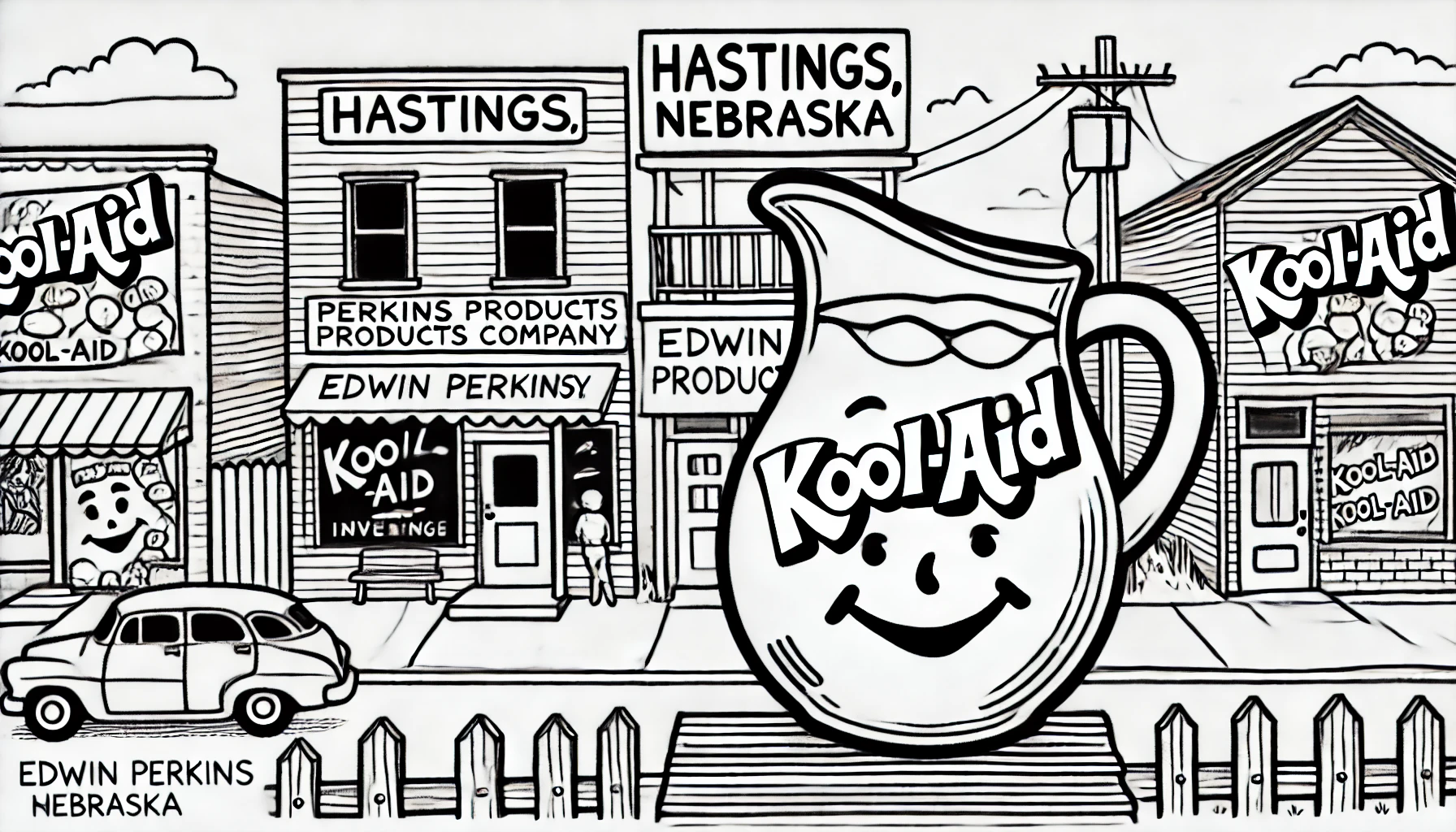Traveling Through Nebraska: Exploring the Tallgrass Prairie Ecosystem

The Tallgrass Prairie ecosystem is a vital component of the Great Plains region, stretching from Manitoba, Canada to Texas, United States, with the largest expanse located in the Midwestern United States, particularly in Nebraska. This ecosystem was once the most widespread in the region, with estimates suggesting that it covered around 170 million acres, stretching from the eastern edge of the Rocky Mountains to the Great Lakes and the Mississippi River. However, with the introduction of agriculture and human settlement, much of the original ecosystem was destroyed, leaving only fragments of the once-expansive prairie.
The term 'tallgrass' is often misinterpreted as a single type of vegetation, when in fact, it encompasses a diverse array of grasses and forbs that vary in height, seasonal activity, and growth patterns. Vegetation in the tallgrass prairie can range from less than one to over six feet tall, with big bluestem (Andropogon gerardii), indiangrass (Sorghastrum nutans), and switchgrass (Panicum virgatum) being some of the dominant grass species. A combination of warm-season grasses, cool-season grasses, and a vast array of forbs, that include wildflowers like coneflower (Echinacea purpurea), cosmos (Cosmos bipinnatus), and wild bergamot (Monarda fistulosa), creates a rich tapestry of plant diversity.
One notable location for witnessing this diverse prairie ecosystem is the Konza Prairie near Junction City in eastern Kansas, which extends into southeastern Nebraska. The prairie was once part of the property of a 19th-century French aristocrat named Paul-Émile Mazarin, and is currently a research site managed by Kansas State University. The area preserves the kind of diversity that once existed across much of the Great Plains and functions as an essential example of managed prairies, reflecting what was once the norm.
Prairies, including those dominated by tallgrasses, rely heavily on disturbances like fire to maintain diversity and keep woody vegetation from encroaching. Grasses, as opposed to other plant life, benefit greatly from fires, triggering the rapid growth of new shoots and forbs previously consumed by fires. Fire has been one way that humans in the region have attempted to replicate the process of natural fire and promote new plant life, fostering a delicate and intricate balance between various plant and animal species. These natural processes allow the diverse ecosystem to be maintained, and have deep historic roots in various cultures that previously utilized this environment for sustenance.
Nebraska itself, being steeped in an extensive history of agriculture, maintains many preserved fragments of prairies across its vast land. Many state wildlife management areas and national parks like the Homestead National Monument of America provide natural prairie landscapes with diverse flora and fauna. Research that aims to explain prairies' diverse plant species demonstrates how factors like disturbance processes including both fire and grazing influences grassland composition.
This relationship also reflects an interesting property of the prairies - they display spatial pattern - thus suggesting animals may influence which plant species will dominate grasslands by the changes they create, from increasing surface roughness to adding nutrient-rich resources through digging or waste deposition. Research locations such as the University of Nebraska at Lincoln, continue to shed light on this matter.
Animal activity also greatly enhances land sustainability through non-trivial processes that facilitate soil nutrient cycling. The ecological relationship within diverse prairies incorporates a remarkable interdependence which relies upon processes within animals and human beings interacting with them. Preserving extensive regions as wildlife management areas may also preserve delicate balances seen in natural plant and animal habitats.
To emphasize this in Nebraska itself, besides national and regional protected wildlife spaces, every form of rural district like Pioneer Village near Minden serves somewhat ecologically positive roles maintaining a long-term system of life in multiple forms within lands set against a backdrop influenced by industrialization.
The term 'tallgrass' is often misinterpreted as a single type of vegetation, when in fact, it encompasses a diverse array of grasses and forbs that vary in height, seasonal activity, and growth patterns. Vegetation in the tallgrass prairie can range from less than one to over six feet tall, with big bluestem (Andropogon gerardii), indiangrass (Sorghastrum nutans), and switchgrass (Panicum virgatum) being some of the dominant grass species. A combination of warm-season grasses, cool-season grasses, and a vast array of forbs, that include wildflowers like coneflower (Echinacea purpurea), cosmos (Cosmos bipinnatus), and wild bergamot (Monarda fistulosa), creates a rich tapestry of plant diversity.
One notable location for witnessing this diverse prairie ecosystem is the Konza Prairie near Junction City in eastern Kansas, which extends into southeastern Nebraska. The prairie was once part of the property of a 19th-century French aristocrat named Paul-Émile Mazarin, and is currently a research site managed by Kansas State University. The area preserves the kind of diversity that once existed across much of the Great Plains and functions as an essential example of managed prairies, reflecting what was once the norm.
Prairies, including those dominated by tallgrasses, rely heavily on disturbances like fire to maintain diversity and keep woody vegetation from encroaching. Grasses, as opposed to other plant life, benefit greatly from fires, triggering the rapid growth of new shoots and forbs previously consumed by fires. Fire has been one way that humans in the region have attempted to replicate the process of natural fire and promote new plant life, fostering a delicate and intricate balance between various plant and animal species. These natural processes allow the diverse ecosystem to be maintained, and have deep historic roots in various cultures that previously utilized this environment for sustenance.
Nebraska itself, being steeped in an extensive history of agriculture, maintains many preserved fragments of prairies across its vast land. Many state wildlife management areas and national parks like the Homestead National Monument of America provide natural prairie landscapes with diverse flora and fauna. Research that aims to explain prairies' diverse plant species demonstrates how factors like disturbance processes including both fire and grazing influences grassland composition.
This relationship also reflects an interesting property of the prairies - they display spatial pattern - thus suggesting animals may influence which plant species will dominate grasslands by the changes they create, from increasing surface roughness to adding nutrient-rich resources through digging or waste deposition. Research locations such as the University of Nebraska at Lincoln, continue to shed light on this matter.
Animal activity also greatly enhances land sustainability through non-trivial processes that facilitate soil nutrient cycling. The ecological relationship within diverse prairies incorporates a remarkable interdependence which relies upon processes within animals and human beings interacting with them. Preserving extensive regions as wildlife management areas may also preserve delicate balances seen in natural plant and animal habitats.
To emphasize this in Nebraska itself, besides national and regional protected wildlife spaces, every form of rural district like Pioneer Village near Minden serves somewhat ecologically positive roles maintaining a long-term system of life in multiple forms within lands set against a backdrop influenced by industrialization.
